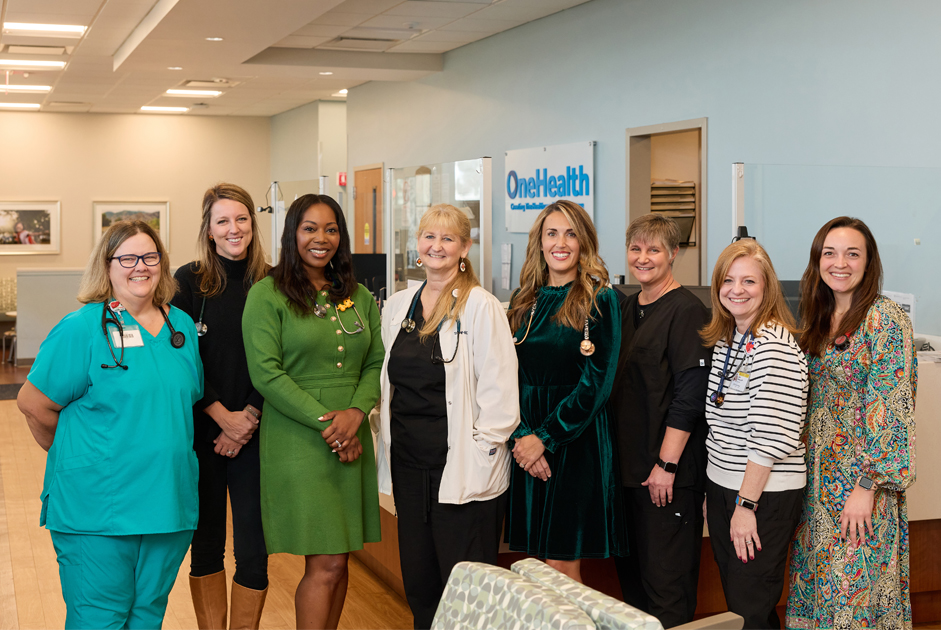Many generational events have had influences well beyond their starting and ending points, shaping life in the next few decades.
When COVID-19 settles onto the list of generational events, it will be remembered for how it shapes our behavior in the world. In the meantime, each person can look at their own social sphere and see what permanent changes have been brought to their personal universe.
Here are a few of the things that COVID-19 may have reshaped in your life:
Grocery delivery: Prior to the pandemic, e-commerce made up 2% of food and beverage sales in 2019. It was a niche business, projected to be $38 billion and account for 3.5% of sales in 2023, according to The Online Grocery Report from Business Insider.
But the Online Grocery Report projects – if COVID-19 runs its course in the next few months – grocery buying and delivery will change dramatically, reaching 55% of the U.S. population by the end of 2024. And if the pandemic extends further it will reach 66%.
It’s not unusual to go into a grocery store, like Whole Foods, and find far more personal shoppers than customers selecting produce, meat and picking condiments off the shelf. It has been a rapid transition that seems unlikely to retreat.
Hand sanitizer: In 2020, U.S. sales of hand sanitizer – excluding businesses and institutions like hospitals – increased nearly 600% to $1.3 billion. That increase easily outstripped other pandemic items. Toilet paper sales increased 20%, the Wall Street Journal reports.
Gojo Industries, the maker of Purell, is betting on sanitizer growth. Before the pandemic, Gojo had one factory and one warehouse. They have since added a second factory and warehouse. Most consumer-product companies have not increased structural capacity. But Gojo believes that hand sanitizer is different.
“The pandemic is a real wake-up call for everyone globally on the importance of infection protection,” said Jim Arbogast of Gojo told the Wall Street Journal earlier this year.
Mass transportation: Buses, trains, planes and subways have one thing in common: moving large numbers of people within small spaces.
During the pandemic, ridership decreased 87% in San Francisco, 79% in Washington, D.C. and 74% in New York City, according to ArchDaily, a weblog covering architectural news.
Realistically, the future shape of mass transportation is probably dependent on whether people continue to flee cities, if remote work establishes a permanent foothold and if transportation managers are able to offer new and creative ridership solutions that society will embrace. It also depends on whether communities evolve into more pedestrian- and bicycle-friendly places.
Family time: Prior to the pandemic, many families were running at hyper-speed. Parents worked long hours and children were shuttled from one scheduled activity to the next. For many families, it was a rare event to sit down and eat a meal together – and share stories about the day’s events.
COVID-19 changed all that. Suddenly, parents were working from home, kids were being schooled from home and all three meals a day were family-time options.
In a survey of 2,000 Americans by OnePoll, 65 percent said the pandemic has brought them closer to their family. While the length of the pandemic is certainly stressing many parts of daily family life, the benefits of more engaged family members appear to be real.
Zoom zoomed: Few companies rode the pandemic to greater heights than Zoom. In less than a year Zoom became a verb. In 2019 it averaged 10 million daily meetings, now it averages 350 million, according to news site Vox.
Zoom became the default tool for work meetings, but also for birthday parties, baby showers and just about any other type of family or group gathering.
What happens when the vaccine takes hold? The use of Zoom will evolve. People will embrace the good – frequent talks with family and friends who are far away – and cast aside Zoom fatigue.
The pandemic clearly escalated changes in society – changes that may have taken a decade were done in months. What sticks and what slips will be up to consumers. In 20 years we may have some clear answers.


















